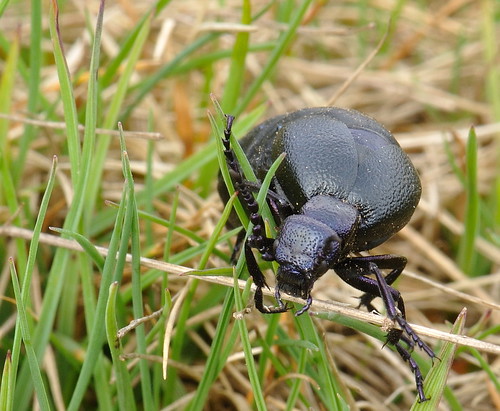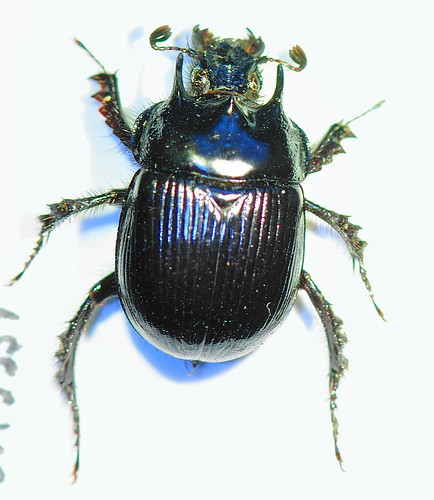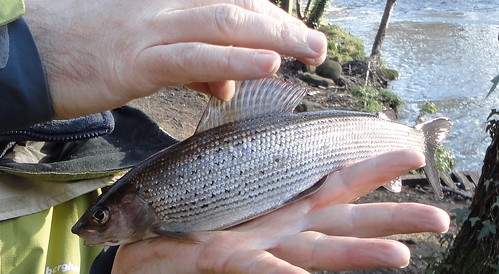 Meloe proscarabaeus Early April Budby Heath Nottinghamshire.
Meloe proscarabaeus Early April Budby Heath Nottinghamshire.
Another dull and boring week here in the East Midlands. At least it's noticeable that the days are getting longer. Also another week in which my experience of nature has been limited. A Fieldfare on my Berberis picking the last of the berries being the highlight. So what to inspire or wrihe a blog about this week. So here goes, what I look forward to most in the spring is a walk on Budby Heath in North Nottinghamshire. My target species are the beautiful solitary bee Andrena clarkella, one of our earliest emerging solitary bees. You can find them if you walk on the Sandy paths, they have the knack of returning to a sealed hole in the sand and burying themselves rather quickly into their nest hole. This has meant that I have always found them particularly difficult to photograph as they either have their head in the sand or are about to dive into their hole and beat you to a decent shot. Also present on the heath in early spring the scarce Oil beetle Meloe proscarabaeus. These fine large beasts can be found on the far side of the heath, be careful not to stand on them, although they are rather large they are rather ponderous. These Beetles lay eggs in the soil, the larva "triungulins" climb to the top of nearby plants and then have to have the good fortune for a Bee, at sherwood the species Andrena cineraria appears to be the host, needs to come a long. The larva then hitches a ride to the bee nest where it then helps itself to the Bee's larva and its provisions. A full and complete account of their discovery in Notts (My wife found them) and their life history is given by Trevor Pendleton - Eakringbirds.com
Best Time to see them - March for A. Clarkella and early April through the month for the Oil beetle. If you need exact grid references to see these chaps then write a comment I will supply off-line.





